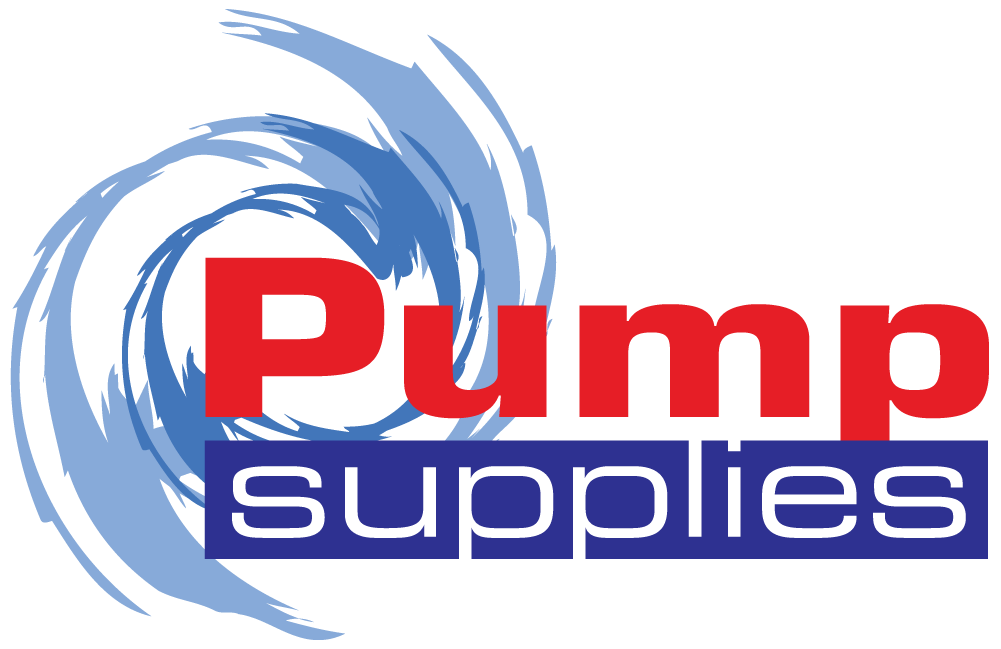Sludge and slurry pumps are typically considered interchangeable, but they have slightly differing functions. Sludge and slurry are both fluids that have a high percentage of solids, but sludge is typically thicker and softer. Slurry, on the other hand, is thinner and flows through pipes much easier. Here we delve a bit deeper into what sludge and slurry pumps are and how they can help you.
Sludge pumps
Sludge is a viscous, thick liquid made up of inorganic and organic materials. Typically they are produced during the treatment process of wastewater. The sludge pump has a primary purpose to move sludge through the sewer lines or additional systems. Sludge can often be abrasive and heavy, as well as corrosive; because of this, these pumps have to be as high-powered as possible. More horsepower is required dependent on how heavy the sludge is.
Slurry pumps
Slurry is a more water-based mixture containing solids that are in suspension. Slurry is commonly generated in agricultural, industrial, and mining settings. Slurry is sloppy and thin, so flows easier than sludge. Choosing a suitable slurry pump will depend on the types of solids and size in the slurry liquid, as well as how corrosive the mixture of slurry is. The more corrosive and larger in size that the slurry is, the more heavy-duty a pump will need to be.
How are they different from water pumps?
Water pumps will differ from sludge or slurry pumps. The composition and viscosity of these fluids means that they need a much higher hydraulic capacity and pressure than simple water pumps. Water pumps typically cannot withstand particle abrasion and any potential chemical corrosion.
Sewage
A slurry or sludge pump can be utilised to pump out sewage from various sewage lines. The most common form of pump used for sewage are typically centrifugal pumps, which can be installed in sumps and pits and effectively push sewage. Centrifugal pumps are commonly used to reliably pump effluent, and consists of a rotating impeller that works to convert electrical energy from a motor into kinetic energy. This kinetic energy is then converted into pressure, creating a flow of sludge through the pump.
Are they submersible?
Since there are a number of conditions where a sludge or slurry pump is typically called for, there are three types of installations for you to consider here: wet installation (fully submerging the pump), semi-dry installation or dry installation. Dry installation involves the pump drive and bearings being kept out of the slurry or sludge. The wet end is free-standing and firmly kept out the way of any liquid. Horizontal slurry pumps, for example, tend to be mostly dry installations.
Semi-dry installation will mean that the operator works to flood the bearings and wet end but keeps the drive itself dry. This installation can often be used for dredging with horizontal pumps.
Wet installation involves the drive and slurry pump both being fully submerged. This is usually reserved for cement plants, underwater operations, printing and dyeing plants, and other similar industries. The pumps here are typically vertical centrifugal pumps equipped with semi-open impellers.
Pump Supplies are a leading supplier of electric submersible pumps into the UK and Irish markets.
We operate out of 5 strategically located depots across the UK and our business specialises in all aspects of submersible pumps, from hire & service to sales and pump station installation. We are the UK’s leading distributor of Flygt pumps, including spare parts and accessories; all tailored towards offering a complete and bespoke solution to our customers.
For more information about our company and how we can help you, take a look at our website www.pumpsupplies.co.uk or contact us here.



